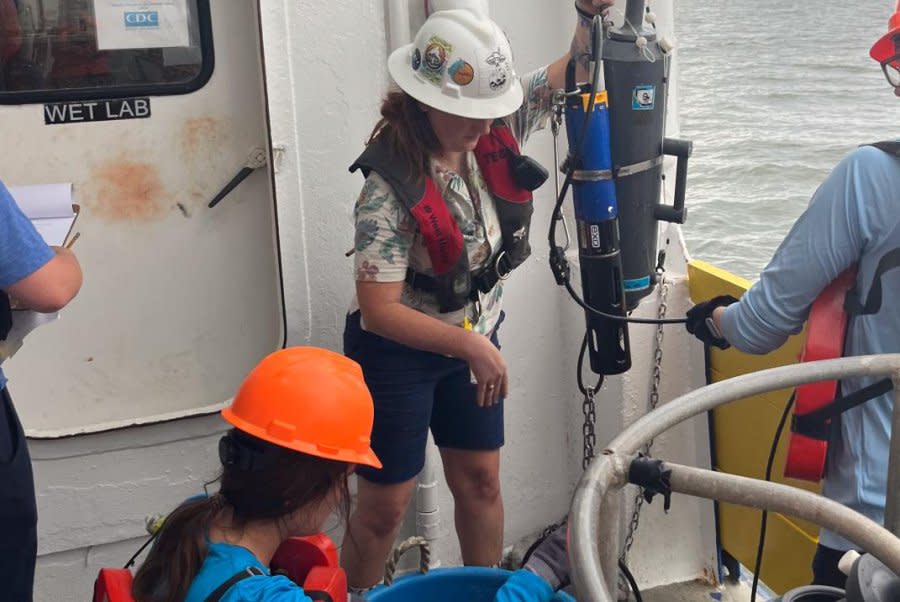Gulf of Mexico's oxygen-starved 'dead zone' smaller than expected

Aug. 2 (UPI) -- The National Oceanic and Atmospheric Administration announced Wednesday that the Gulf of Mexico's "dead zone," an area of water with oxygen so low it can kill wildlife, is smaller than expected.
A survey conducted by NOAA-supported scientists from Louisiana State University and the Louisiana Universities Marine Consortium found that the dead zone was 3,058 square miles.
The observed dead zone is smaller than the 4,155 square miles that the NOAA had predicted for this year.
A zone, which is also referred to as a hypoxic zone, can inhibit the normal lifecycles of fish and other marine wildlife.
Dead zones can occur when large amounts of nutrients are dumped into waterways, causing algae to grow. The algae eventually die, leading to decomposition via aerobic bacteria, which consume oxygen.
The five-year average for the dead zone in the Gulf of Mexico has been 4,347 square miles.
The largest dead zone ever recorded was 8,776 square miles in 2017.
This year's dead zone is the seventh smallest recorded since records began in 1985.
"With more frequent and intense weather events in the Gulf of Mexico and elsewhere, it is imperative that we continue to measure hypoxia in this region as an indicator of ocean health and progress towards management targets," NOAA National Ocean Service director Nichole LeBoeuf.
"The discharge of the Mississippi River for July was below the long-term summer average. The usual layering of warmer, less salty water over cooler, saltier water was not as strong as during a higher Mississippi River discharge," the NOAA said.
"Every year the dead zone in the Gulf of Mexico threatens clean water that provides essential habitat and supports economic opportunity for local communities," said Enviromental Protection Agency Assistance Administrator Radhika Fox.
In 2022, the EPA allocated $60 million from the Inflation Reduction Act to assist the Hypoxia Task Force, which is charged with evaluating and mitigating dead zones.

